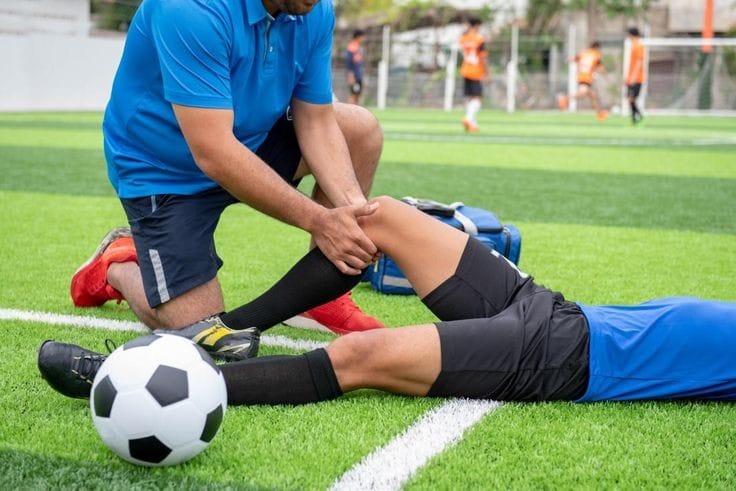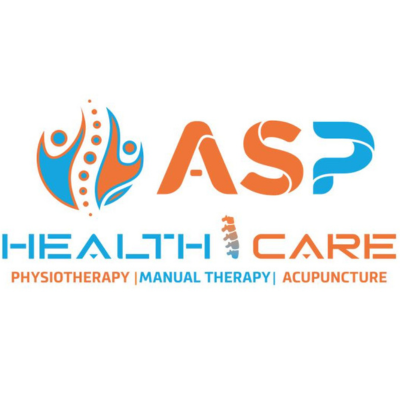+918042757363

This is your website preview.
Currently it only shows your basic business info. Start adding relevant business details such as description, images and products or services to gain your customers attention by using Boost 360 android app / iOS App / web portal.
Rehabilitation for Athletes in ambattur Rehabilit...

Rehabilitation for Athletes in ambattur Rehabilitation for athletes is a specialized process aimed at restoring function, mobility, strength, and performance following sports-related injuries or surgeries. It involves a comprehensive and multidisciplinary approach to help athletes return to their pre-injury level of activity safely and effectively. Here are key components of rehabilitation for athletes: Assessment and Diagnosis: The rehabilitation process begins with a thorough assessment by healthcare professionals, including physiotherapists, sports medicine physicians, and athletic trainers. They evaluate the nature and severity of the injury, identify contributing factors, and establish baseline measurements to track progress. Individualized Treatment Plans: Rehabilitation programs are tailored to the specific needs, goals, and sport-specific demands of each athlete. Treatment plans may include a combination of therapeutic exercises, manual therapy, modalities (e.g., heat, cold, electrical stimulation), and functional training to address impairments and restore optimal function. Progressive Exercise Programs: Athletes undergo progressive exercise programs designed to restore strength, flexibility, endurance, and neuromuscular control. These programs typically include a combination of resistance training, cardiovascular conditioning, proprioceptive training, agility drills, and sport-specific exercises. Biomechanical Analysis and Correction: Biomechanical analysis is often used to identify movement patterns or biomechanical abnormalities that may contribute to injury risk or impair performance. Athletes may receive corrective exercises, gait analysis, and movement retraining to improve biomechanical efficiency and reduce the risk of future injuries. Pain Management: Pain management strategies, such as manual therapy techniques, soft tissue mobilization, and therapeutic modalities, are utilized to alleviate pain, inflammation, and muscle tension associated with sports injuries. Athletes may also receive education on self-management techniques and pain-relieving modalities. Functional Rehabilitation: Functional rehabilitation focuses on restoring sport-specific skills, movement patterns, and proprioceptive abilities necessary for optimal performance. Athletes engage in sport-specific drills, agility training, plyometrics, and simulated game situations to prepare for a safe return to sport. Psychological Support: Rehabilitation for athletes may involve psychological support and counseling to address emotional, psychological, and motivational factors associated with injury recovery. Athletes may experience anxiety, depression, fear of re-injury, or loss of confidence during the rehabilitation process, and psychological interventions can help facilitate coping strategies and resilience. Return-to-Sport Criteria and Progression: Return-to-sport decision-making is guided by objective criteria, functional assessments, and performance measures to ensure that athletes are physically and mentally prepared to resume competitive activity safely. Rehabilitation professionals collaborate closely with coaches, sports medicine experts, and athletic trainers to facilitate a gradual and structured return-to-sport progression. Injury Prevention Strategies: Rehabilitation programs often incorporate injury prevention strategies, including prehabilitation exercises, movement screenings, biomechanical assessments, and education on proper technique, equipment, and training volume. By addressing risk factors and implementing preventive measures, athletes can reduce the likelihood of future injuries.

